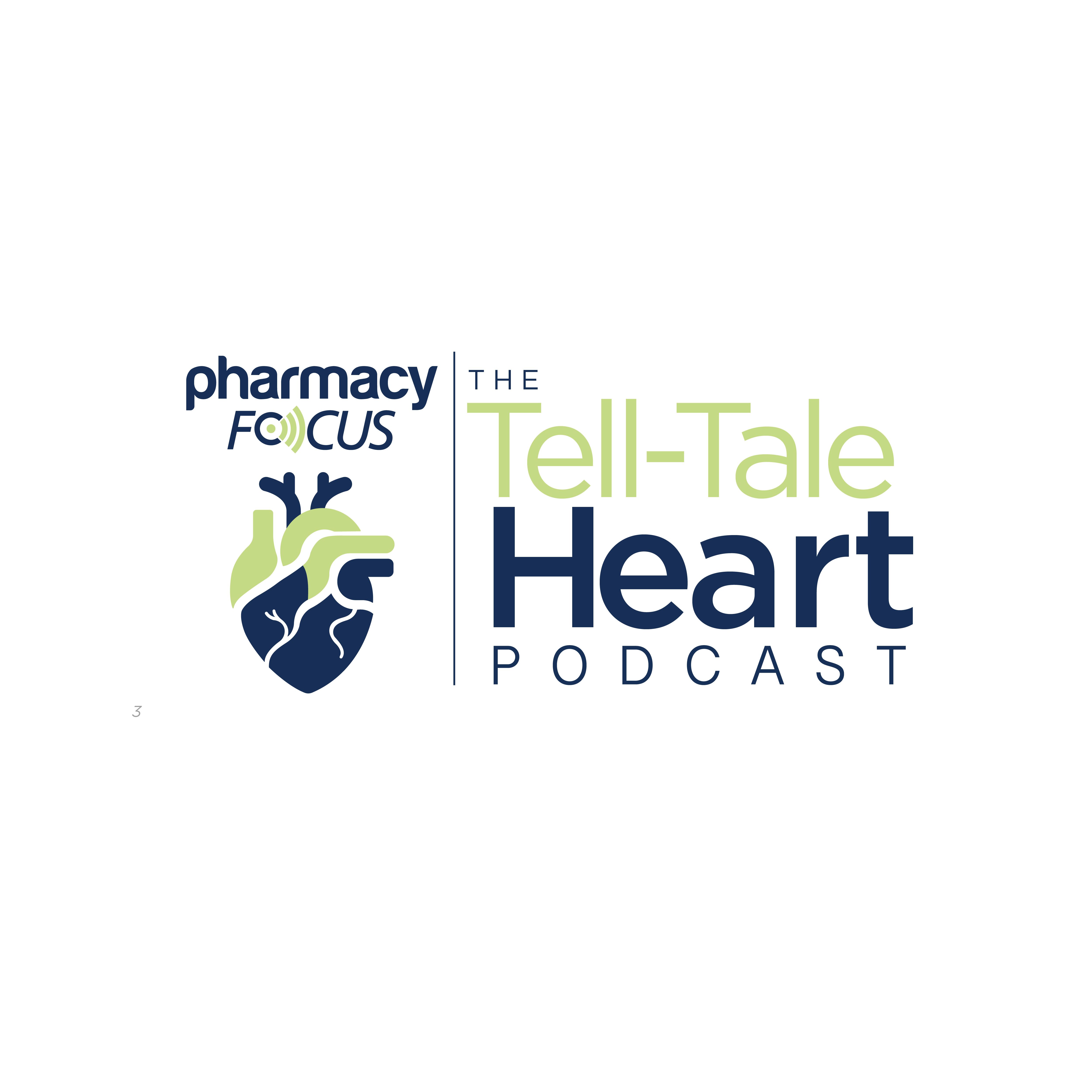News
Article
Study Finds 4-Factor Prothrombin Complex Concentrate Offers Superior Hemostatic Efficacy to Frozen Plasma During Cardiac Surgery
Author(s):
Key Takeaways
- 4F-PCC showed superior hemostatic efficacy over FP in cardiac surgery patients with excessive bleeding, reducing transfusion needs and associated risks.
- The FARES-II study involved 420 patients across 12 hospitals, demonstrating 4F-PCC's effectiveness and safety in a large-scale, controlled trial.
These data provide compelling evidence to revise existing transfusion protocols, recommending 4F-PCC as the preferred treatment for hemostatic management in cardiac surgery.
New data from the phase 3 FARES-II study presented at the American College of Cardiology 2025 Scientific Sessions demonstrate that 4-factor prothrombin complex concentrate (4F-PCC; Octaplex/Balfaxar) offers superior hemostatic efficacy compared with frozen plasma (FP) in patients experiencing excessive bleeding during cardiac surgery.1
Excessive bleeding affects up to 15% of patients undergoing cardiac surgery | Image credit: Gorodenkoff | stock.adobe.com

Excessive bleeding affects up to 15% of patients undergoing cardiac surgery and contributes to greater morbidity and mortality, as well as increased dependence on transfusion therapies. FP has historically been the standard treatment for coagulopathic bleeding, but there are limited data supporting its hemostatic efficacy. It also carries significant risks, including anaphylaxis, transfusion-related acute lung injury, and transfusion-associated circulatory overload.1
The FARES-II study was jointly sponsored by the Canadian Institutes of Health Research and Octapharma, the manufacturer of the 4F-PCC used in the trial. It was a multicenter, randomized, controlled study evaluating 420 cardiac surgery patients who experienced excessive bleeding and were supported by a heart-lung bypass machine.1,2 The trial was conducted at 12 hospitals in Canada and the US.2
“This is the first large-scale controlled trial confirming that Octaplex/Balfaxar (4F-PCC) not only improves hemostatic efficacy but also reduces transfusion requirements and associated risks,” said Oliver Hegener, PhD, head of the International Business Unit, Critical Care at Octapharma AG, in a news release. “With its superior efficacy and safety profile, these findings support the integration of Octaplex/Balfaxar into standard bleeding management protocols for cardiac surgery patients.”1
A total of 265 patients were randomly assigned to receive PCC (1500 IU ≤60 kg; 200 IU >60 kg) and 263 were randomly assigned to FP (3 U ≤60 kg; 4 U >60 kg) in the operating room. A second dose was permitted over the next 24 hours if indicated, and thereafter, only FP could be used.2
The primary outcome was hemostatic response (deemed effective if no hemostatic interventions occurred from 60 minutes to 24 hours after treatment initiation). The noninferiority of PCC vs FP was assessed using a 10% margin and a 1-sided α of .025, with subsequent testing for superiority if noninferiority was demonstrated. Secondary outcomes included allogeneic blood transfusions and adverse events, and patients were followed up until postoperative day 30.2
Of the 538 enrolled patients, 420 were included in the primary analysis, with a median age of 66 years, 74% male, 10% Asian, 1% Black, and 65% White. Of those, 296 (70%) underwent complex surgeries. Compared with the 207 participants in the FP group, the 213 in the PCC group had higher hemostatic effectiveness (166 [77.9%] vs 125 [60.4%]; difference, 17.6%; 95% CI, 8.7%-26.4%; P<.001 for noninferiority and superiority) and had received fewer transfusions including red blood cells, platelets, and noninvestigational FP units (mean, 6.6 units; 95% CI, 5.7-7.7 vs 9.3 units; 95% CI, 8-10.8; difference, 2.7; 95% CI, 1-4.4; P=.002).2
Furthermore, 77 patients (36.2%) in the PCC group vs 98 (47.3%) in the FP group experienced serious adverse events (relative risk [RR], 0.76; 95% CI, 0.61-0.96; P=.02). Twenty-two patients (10.3%) in the PCC group and 39 (18.8%) in the FP group had acute kidney injury (RR, 0.55; 95% CI, 0.34-0.89; P=.02).2
According to a news release, these data provide compelling evidence to revise existing transfusion protocols, recommending 4F-PCC as the preferred treatment for hemostatic management in cardiac surgery.1
“Given the magnitude of the treatment effect, using Octaplex/Balfaxar (4F-PCC) over FP in cardiac surgery will reduce severe bleeding, decrease reliance on allogeneic blood transfusions, and ease pressure on blood supplies and hospital resources,” said Keyvan Karkouti, MD, FRCPC, MSc, lead investigator of the FARES-II trial, in the news release.1
REFERENCES
1. Octapharma Announces Superior Haemostatic Efficacy of Four-Factor Prothrombin Complex Concentrate over Frozen Plasma in Cardiac Surgical Bleeding. News release. Octapharma. March 31, 2025. Accessed April 10, 2025. https://www.octapharma.com/news/press-release/2025/Octapharma-announces-superior-haemostatic-efficacy-of-4f-pcc-over-frozen-plasma-in-cardiac-surgical-bleeding
2. Karkouti K, Callum JL, Bartoszko J, et al. Prothrombin complex concentrate vs frozen plasma for coagulopathic bleeding in cardiac surgery. JAMA. Published online March 29, 2025. doi:10.1001/jama.2025.3501
Newsletter
Stay informed on drug updates, treatment guidelines, and pharmacy practice trends—subscribe to Pharmacy Times for weekly clinical insights.






